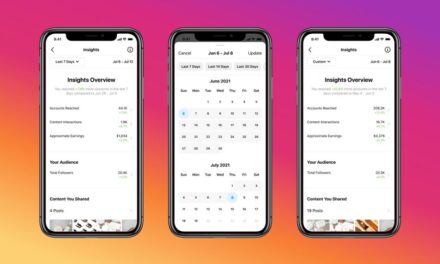Repost from: https://digiday.com/marketing/quite-win-google-ad-buyers-say-googles-youtube-youtubetv-integration-will-help-rival-amazon/
At its I/O conference on May 8, Google took another stab at Amazon’s home assistants, announcing that people could watch YouTube and YouTube TV on forthcoming Google Assistant-powered “smart display” devices.
Ad buyers predict that this move, along with YouTube TV becoming available through Google Preferred, could help Google compete against Amazon in voice.
Google could challenge Amazon’s Echo devices based on YouTube’s breadth, said Amanda Lisak, global account director at PMG. “This could be quite the win for Google.”
By combining live TV, video, search and voice in one device, Google gets an advantage against Amazon, and by the end of 2018 or early 2019, the market share for both Amazon and Google could be more equal, predicted Steve Beatty, vp of owned media at iProspect.
Amazon dominates smart speakers, with its Echo devices commanding 66 percent of the market, with Google owning 30 percent, according to a March Kantar research study. Only 1 percent of those surveyed owned an Amazon Echo Show, and only 34 percent of Americans own a smart speaker, leaving “ample room for competitors like Google and Apple to make their own inroads into peoples’ homes,” according to the report.
“The move for YouTube and YouTube TV to link with its smart displays is certainly going to help Google get more video investments share,” said Sargi Mann, evp of digital strategy and investments at Havas Media Group.
The news comes on the heels of YouTube announcing at its Brandcast last week that it will open YouTube TV to Google Preferred, its network for advertising against top-performing videos. In March, Google added search-based video ad targeting to Google Preferred, so advertisers can pinpoint people who watch YouTube videos (and now YouTube TV), but have also searched for certain products outside of the YouTube ecosystem, for instance.
“Advertisers will have more direct means to target consumers with more personalized content, as this technology will eventually not just be smart display devices, it will be smart display software in smart televisions,” said Beatty. “Your TV will be a content experience, answer engine and shopping portal.”
Having YouTube and YouTube TV in Google’s devices will give ad buyers an overarching view of how all Google channels perform for them, said Gawain Owen, digital strategy director at Jellyfish. “Somebody may do a search on their computer, get directions to a store on their phone and watch a product review from YouTube on the smart display,” he said. “An ad buyer can put the right ad in the right place for the right person, all with Google. They then get a consistent view of performance from a single source of truth.”
Google has taken aim at Amazon before. In January, Google blocked YouTube from being watched on Amazon Fire TV. Amazon, for its part, announced May 9 it will turn 15 model homes across the U.S. into showrooms, called Amazon Experience Centers, to educate people on its Alexa-powered devices. Beatty said he expects Amazon to fight back by pushing a Fire TV integration into the Amazon Echo Show, and giving agencies and advertisers more customer data to help validate their ad spending.















